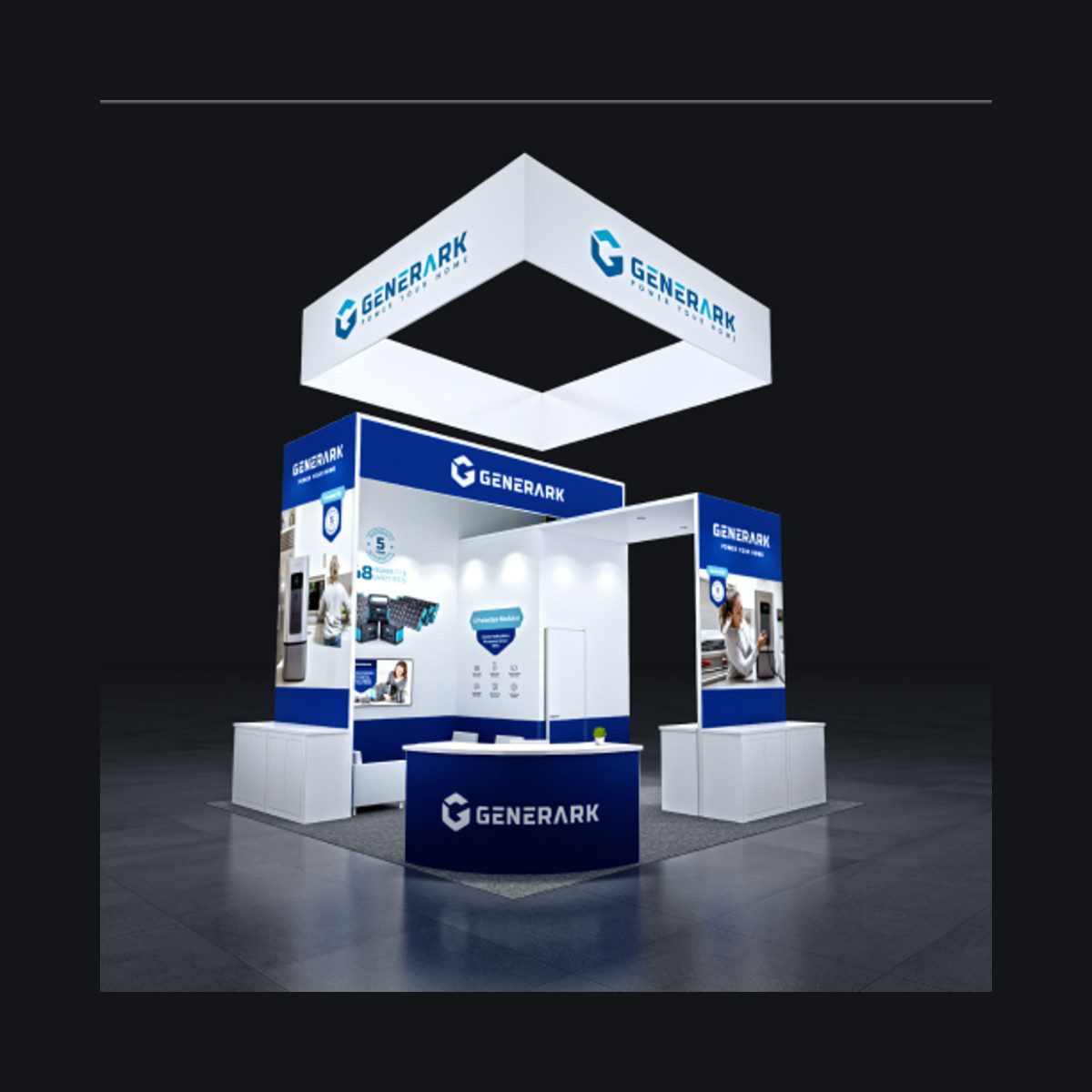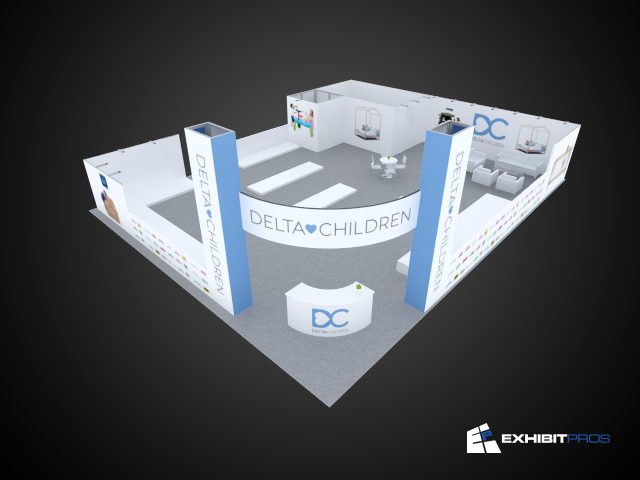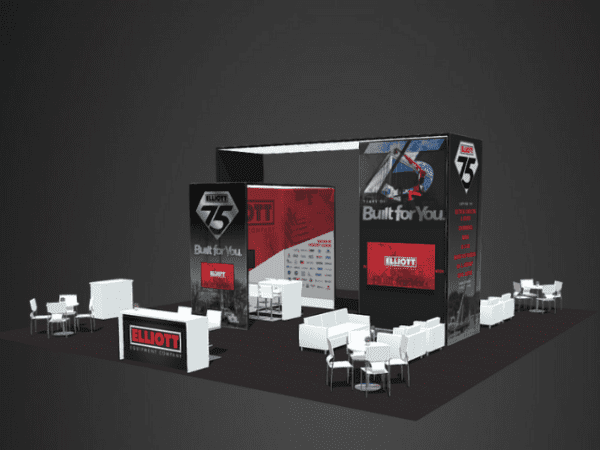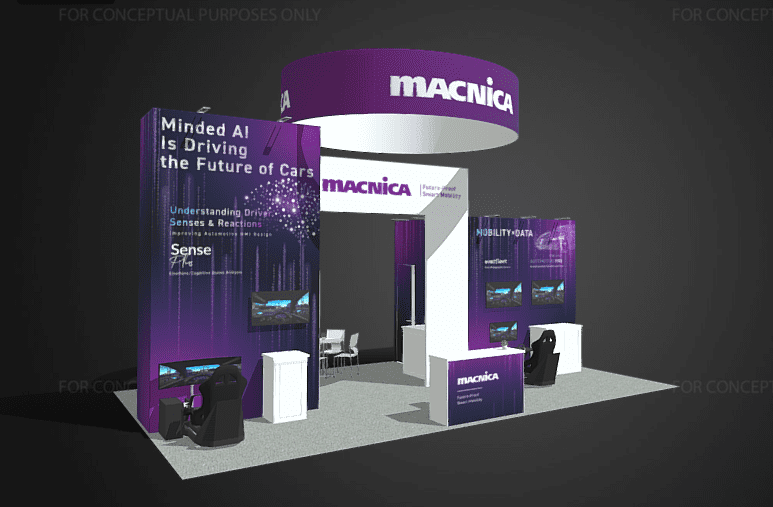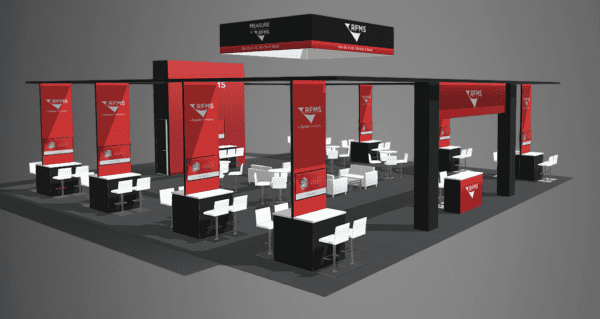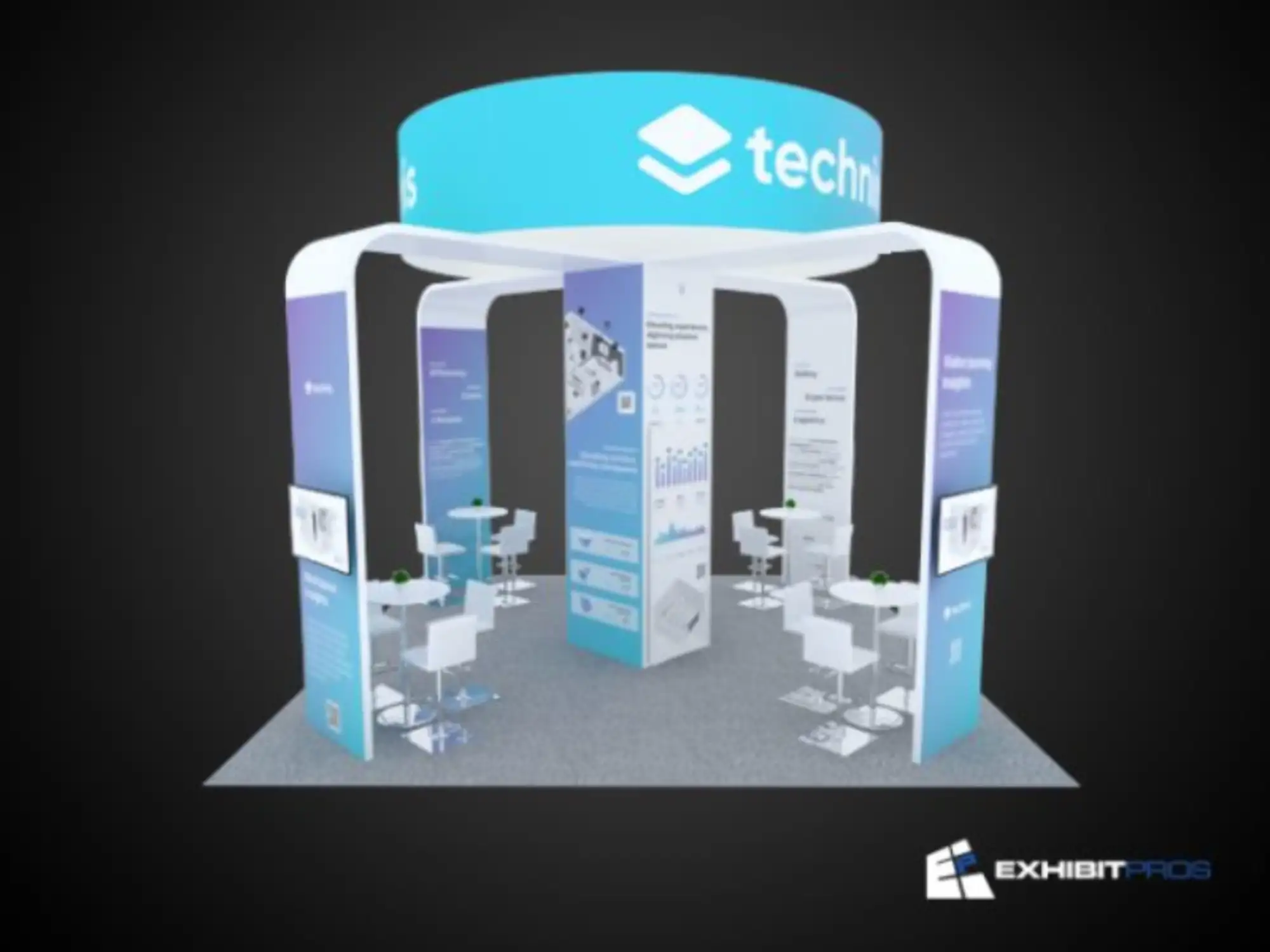Setting Up A Trade Show Booth: Your Ultimate Guide
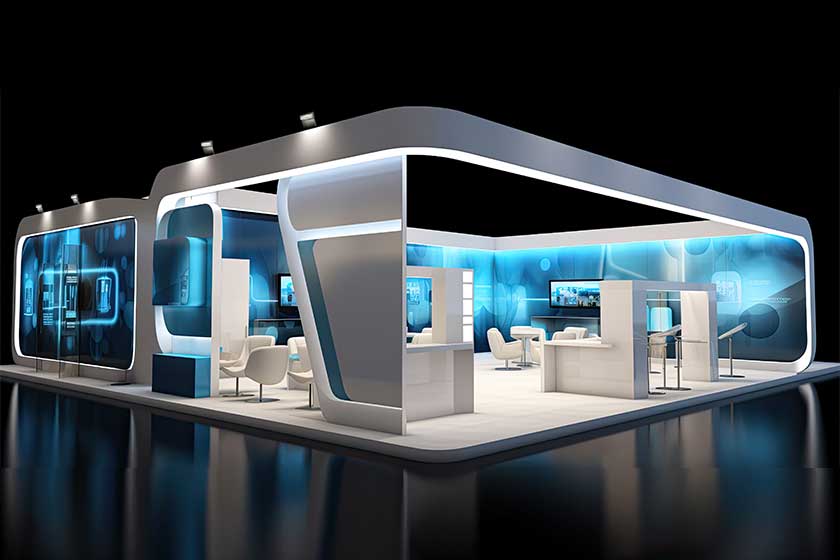
Setting up a trade show booth requires careful planning and execution to maximize your brand’s impact and engagement. Setting up a trade show booth involves more than just placing a few items on a table—it demands attention to detail, creative design, and strategic positioning. A well-thought-out booth design can attract attention, generate leads, and effectively communicate your brand’s message. Let’s explore how you can create a standout booth that leaves a lasting impression.
Plan Your Booth Design and Layout
The booth design and layout are the first things attendees notice, so creating a visually appealing space is a top priority. It is important to think about the flow of traffic in your booth to make sure visitors can easily move through and engage with your displays. A clear layout allows visitors to navigate without feeling crowded, which enhances their experience. Consider how your booth will present your products and services in a way that invites conversation and interaction. The design should highlight key features of your brand and make it easy for attendees to approach and engage.
Planning the layout also means determining the positioning of your displays, signage, and interactive elements. Design the booth with specific areas for demonstrations, product samples, and engaging visuals. Space management is essential to prevent clutter while maximizing the available square footage. Avoid overloading the space with too many items, as this can overwhelm visitors. The goal is to keep the booth inviting, well-organized, and easy to navigate.
Choose the Right Trade Show Booth Size
The size impacts both the design and layout, influencing how much space you have to work with for displays, interactive elements, and seating. Selecting the right booth size depends on your goals for the event and your budget. Larger booths allow more flexibility for product displays and customer interactions, while smaller booths can be effective with a more focused design. Understanding the type of event you’re attending helps you decide the appropriate booth size.
The decision of booth size also affects the booth rental cost, so it is important to consider both your budget and the desired level of exposure. A larger booth means more space to showcase your offerings, but it also means higher rental costs. Evaluate your objectives—whether you need a larger presence for multiple products or a smaller setup for more focused engagement. The booth size should align with the type of experience you want to offer attendees and your overall marketing goals.
Select Materials That Align with Your Brand
The materials you select should reflect your brand’s identity and values while ensuring durability and ease of assembly. Depending on the design, you may use a combination of materials such as fabric, acrylic, metal, or wood. Each material has its benefits—fabric banners are lightweight and portable, while metal frames offer strength and stability. It is important to choose materials that not only look good but also endure the rigors of transportation and assembly.
Prepare and Organize All Necessary Equipment
Before the event, it is important to prepare and organize all the necessary equipment for setting up your booth. This includes ensuring that you have all the tools needed for assembly, such as screws, bolts, and connectors. It is also essential to check that all electronic devices, such as screens, lights, and interactive kiosks, are functioning correctly. Equipment preparation extends to verifying that your display materials—such as banners, flyers, and business cards—are printed and packed for easy access.
Organizing the equipment means creating an inventory and checklist so nothing is forgotten. Label all items clearly and pack them securely for transportation to avoid damage. Having an efficient packing system can help reduce setup time and prevent confusion during the event. Being well-prepared gives you the confidence to set up your booth quickly and effectively, ensuring that everything is in place when the event begins.
Ensure Your Booth Is Fully Stocked
Stock your booth with a sufficient supply of promotional items, brochures, or business cards to distribute to attendees. If your booth features products for demonstration or sale, ensure you have enough inventory available to meet demand. Being understocked can create a poor impression and leave visitors with an incomplete experience.
Along with promotional materials, be sure to have everything necessary for booth upkeep throughout the event. This includes cleaning supplies, spare parts for equipment, and any necessary tools for repairs. Having extra items on hand ensures that your booth remains operational and well-presented. Regularly check your inventory during the event to prevent running out of key materials or items that may be crucial for visitor engagement.
Install and Set Up Booth Components Efficiently
Installing and setting up your booth components efficiently can save valuable time and reduce the chance of errors during setup. A well-organized team can complete the assembly in less time, allowing you to focus on fine-tuning the final details. Start by setting up the larger components, such as structures and displays, before moving on to smaller elements like graphics and lighting. Make sure that all pieces fit together properly and are stable before proceeding to the next step.
During installation, it is important to follow any guidelines provided by the event organizers and adhere to safety protocols. Proper installation of booth components not only ensures the booth’s structural integrity but also reduces the risk of accidents. Carefully review all the components before the event to identify any potential issues that could delay setup. Efficient installation allows you to fully prepare the booth and focus on engaging with attendees once the event starts.
Position Your Graphics for Maximum Visibility
Positioning your graphics effectively within your booth is key to ensuring that your brand is visible from all angles. Graphics should be placed where they are easily seen by passing attendees. Avoid cluttering the space with too many images or text, as this can reduce the overall impact of your message. Choose one central focal point for your booth’s key graphic, such as a logo or brand tagline, and place it at eye level. High-quality graphics can draw attention, but their placement plays a major role in visibility.
It is also important to consider the lighting when positioning graphics. Backlighting or spotlighting can enhance the visibility and appeal of your graphics, making them stand out. When positioning graphics, make sure they are aligned with your booth’s overall design and layout. Graphics should complement other elements like displays and interactive features, creating a cohesive and engaging booth environment.
Maximize Your Impact with Custom Trade Show Exhibit Rentals
At Exhibit Pros, we transform your brand vision into an unforgettable experience with our custom trade show exhibit rentals. Our expert team designs every detail to ensure your exhibit stands out and attracts attention, making a lasting impression on your audience. We also specialize in seamless exhibition booth setups in Las Vegas, ensuring your booth is expertly installed and ready to impress. With Exhibit Pros, your brand will shine at every event, delivering the results you want.

